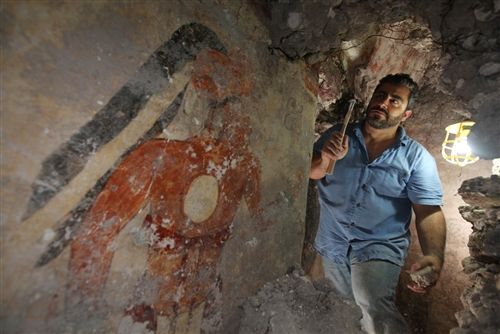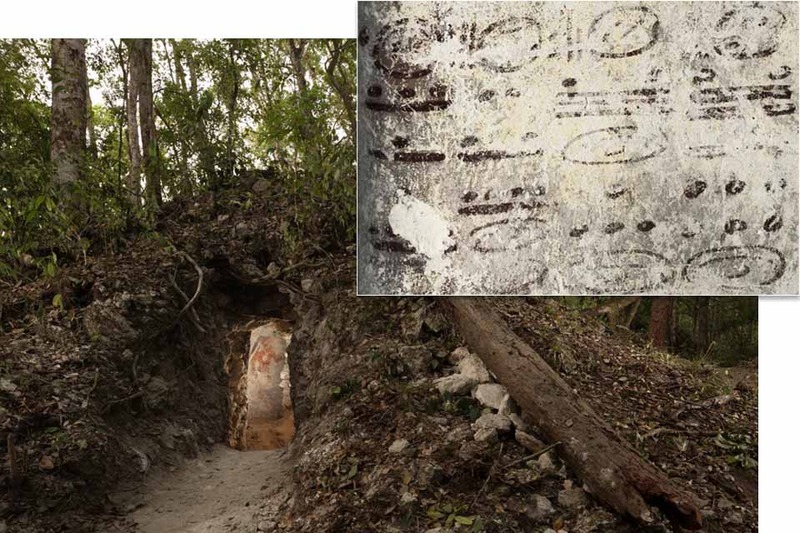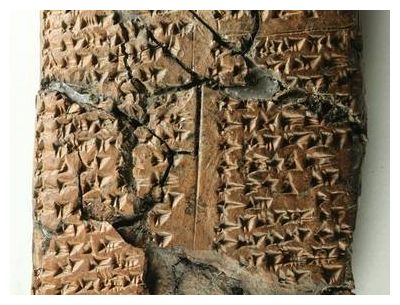
© Hebrew University of JerusalemThe excavation of a shrine in the 3,000-year-old city of Khirbet Qeiyafa near Jerusalem.
For the first time, archaeologists have uncovered shrines from the time of the early Biblical kings in the Holy Land, providing the earliest evidence of a cult, they say.
Excavation within the remains of the roughly 3,000-year-old fortified
city of Khirbet Qeiyafa, located about 19 miles (30 kilometers) southwest of Jerusalem, have revealed three large rooms used as shrines, along with artifacts, including tools, pottery and objects, such as alters associated with worship.
The three shrines were part of larger building complexes, and the artifacts included five standing stones, two basalt altars, two pottery libation vessels and two portable shrines, one made of pottery, the other of stone. The portable shrines are boxes shaped like temples.
The shrines themselves reflect an architectural style dating back as early as the time of King David (of the
biblical David and Goliath story), providing the first physical evidence of a cult in the
time of King David, according to an announcement by Yosef Garfinkel, an archaeologist at Hebrew University of Jerusalem.
The research is presented in the book,
Footsteps of King David in the Valley of Elah (Yedioth Ahronoth, 2012).
Radiocarbon dating on burnt olive pits found in the ancient city of Khirbet Qeiyafa indicate it existed between 1020 B.C. and 980 B.C., before being violently destroyed.





Comment: Lauding the arrival of agriculture as a good thing is tragic when we consider the fruits of its labour compared with what is known of the original stone circle people. As Laura Knight-Jadczyk pointed out in The Golden Age, Psychopathy and the Sixth Extinction: